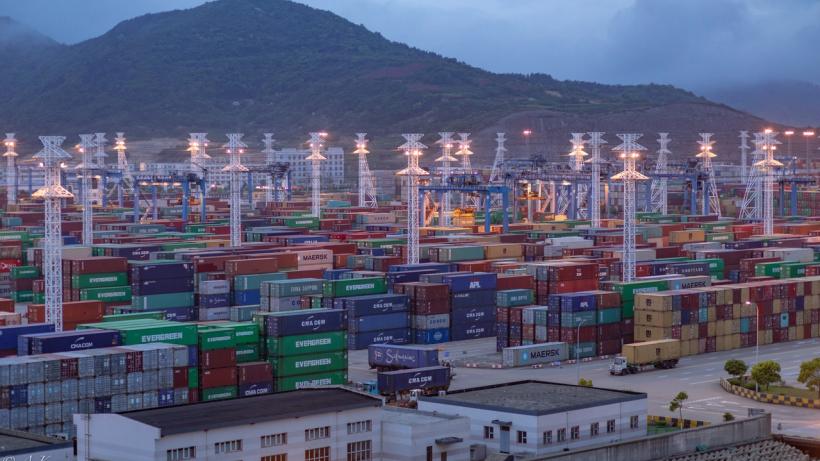
Doing Special Economic Zones right: A policy framework
-
WEB_SEZ-synthesis-paper-2019.pdf
PDF document • 921.65 KB
Special Economic Zones (SEZs) have become a popular policy instrument around the world. Encouraged by the success stories of SEZs in the 1980s and 1990s in East Asia, policymakers in the developing world increasingly see them as a way to easily promote industrial development, attract foreign investment, and stimulate job creation. However, results have not always lived up to expectations – for example, in most sub-Saharan countries, SEZ policy has failed to generate significant upticks in investment, exports, or job creation in recent years (Farole and Moberg, 2014).
In this brief, we argue that SEZs should not be perceived as a silver bullet for industrial development. The success of SEZs in China is appealing and policymakers in other developing countries may be tempted to implement copycats of the Asian model. Instead, SEZ policy is more likely to succeed if it takes a country-specific approach, aiming at reducing the most stringent barriers to growth and making sure that the benefits of zones outweigh their costs.
In the medium term, governments should ensure that zones do not become isolated islands. Instead, they should produce benefits for the economy at large. Finally, SEZs can serve as a means for policy experimentation to test reforms and measure their impact before being scaled to the rest of the economy. To assess the effect of such policies, and more broadly whether SEZs have achieved their objectives, Monitoring and Evaluation (M&E) programmes should be put in place.





